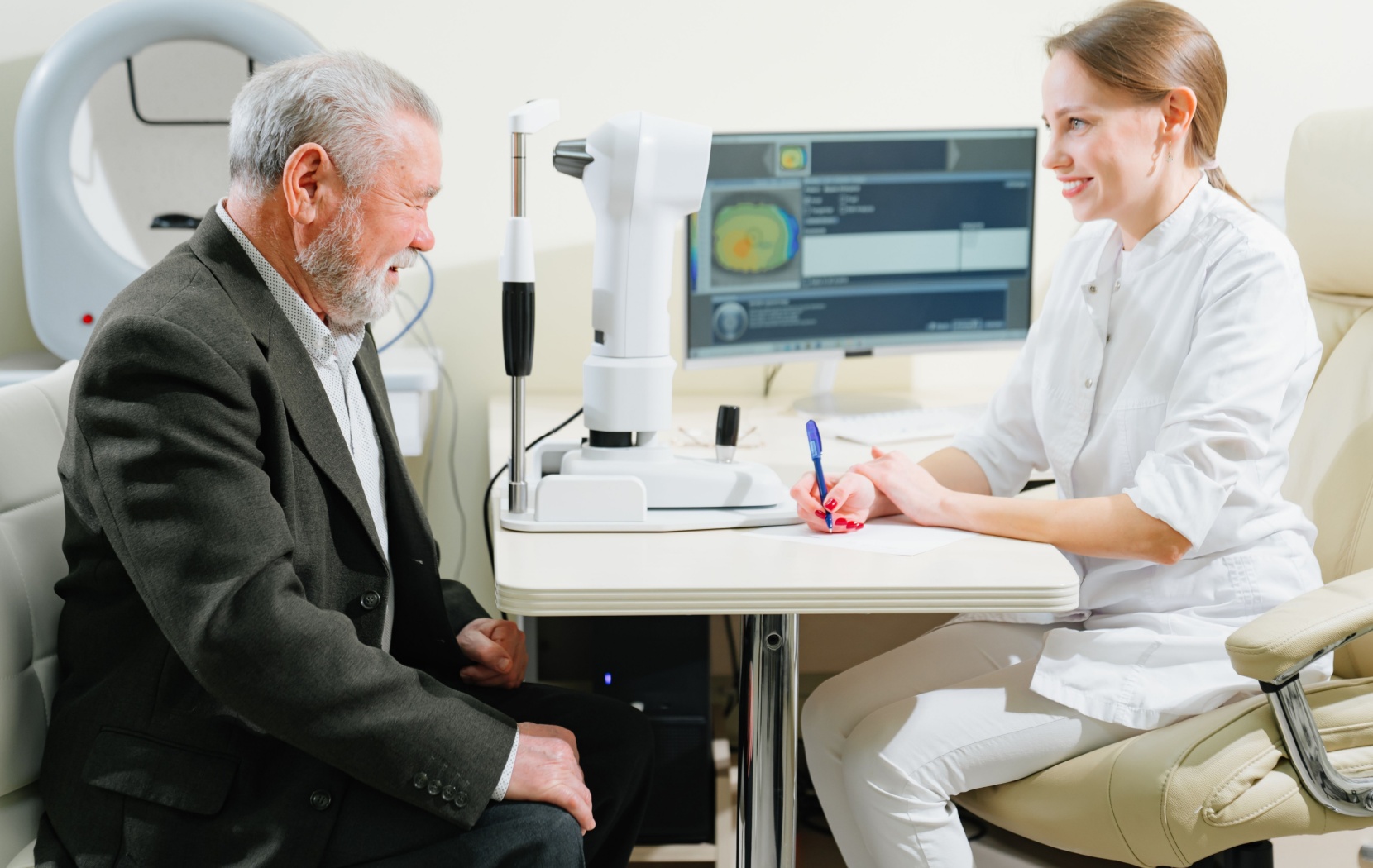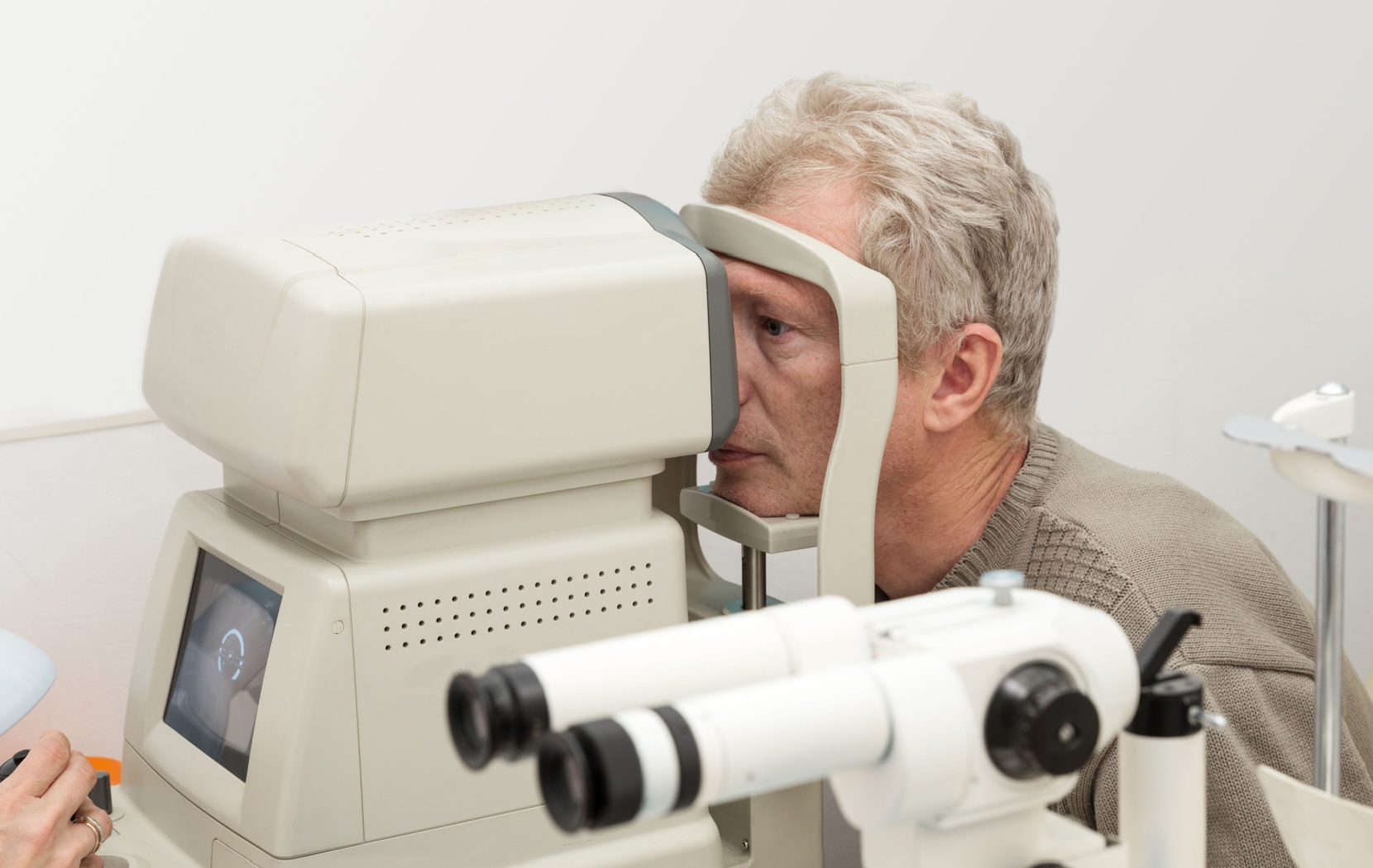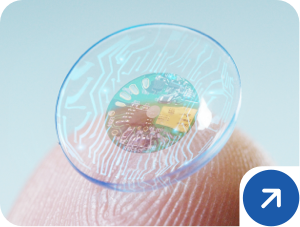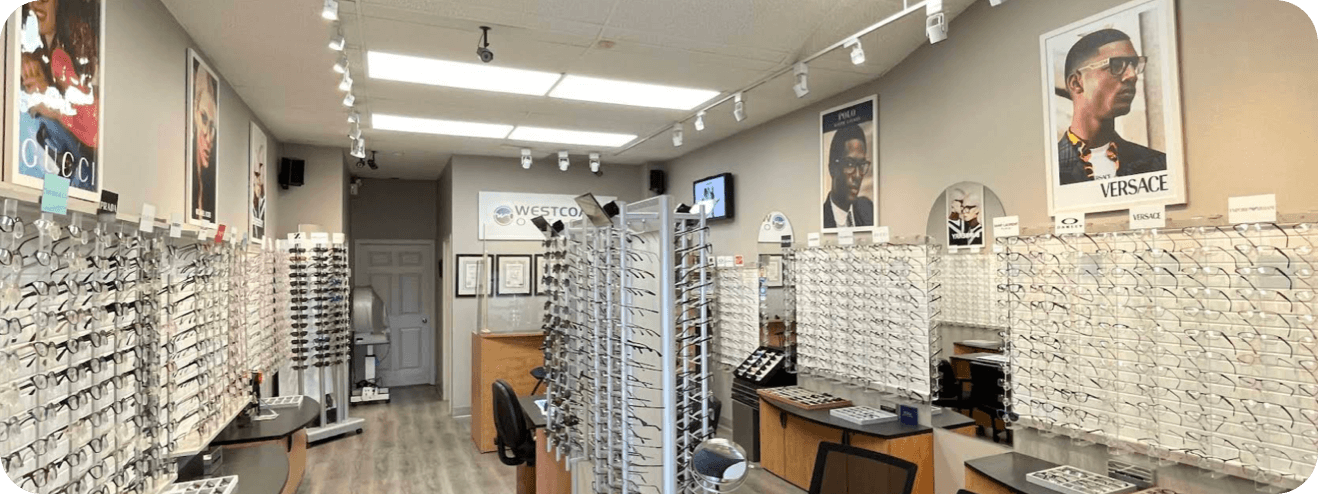Diabetes can take a toll on your vision in more ways than one, with diabetic retinopathy being one of the most common complications. This eye condition develops when high blood sugar levels lead to damaged blood vessels in the retina, causing blockages and impairing the eye’s ability to function properly. Over time, if left untreated, diabetic retinopathy can lead to serious issues, including vision loss.
The good news? There are effective treatments available to slow down or even prevent the progression of diabetic retinopathy. But timing is everything: catching and treating the condition early is essential, as it can’t be fully reversed once damage has occurred.
What Is Diabetic Retinopathy?
Diabetic retinopathy is an eye condition caused by consistently high blood sugar levels. It can damage the delicate blood vessels in your retina. When these blood vessels thicken, become blocked, or leak fluids, the retina doesn’t receive enough blood flow, which can lead to various vision problems.
If left untreated, this condition worsens over time and can lead to a more severe stage called proliferative diabetic retinopathy (PDR). At this stage, new but fragile blood vessels form in the eye to compensate for the lack of blood flow. Unfortunately, these vessels are prone to rupturing, which can cause scarring, retinal detachment, or even permanent vision loss.
Signs & Symptoms of Diabetic Retinopathy
One of the tricky aspects of diabetic retinopathy is that it often starts without noticeable symptoms. However, as the condition develops, you may experience:
- Blurry or fluctuating vision
- Dark or empty spots in your field of vision
- Loss of colour perception
- An increased number of floaters
- Partial or complete vision loss
If you have diabetes, it’s crucial to undergo regular eye exams so that any signs of diabetic retinopathy can be detected as early as possible—even before symptoms appear.
Diagnosing Diabetic Retinopathy
At West Coast Optical, comprehensive eye exams and diabetic eye exams are part of our early detection procedure. Our experienced optometrists use the latest diagnostic tools, including:
- Visual acuity testing: Measures your clarity of vision.
- Tonometry: Assesses the pressure in your eyes.
- Pupil dilation: Allows for a closer look at the retina and optic nerve.
- Fluorescein angiography: Highlights the blood vessels in the retina to detect blockages or leaks.
- Optical coherence tomography (OCT): Creates highly detailed images of the retina to detect swelling or abnormalities.
These tests allow us to identify diabetic retinopathy in its earliest stages so that treatment can begin promptly.
Treatment Options for Diabetic Retinopathy
While it’s not possible to reverse diabetic retinopathy completely, there are several treatments available to slow its progression, manage symptoms, and protect your vision.
Diabetes Management
The most effective way to manage diabetic retinopathy is by controlling your blood sugar levels. Maintaining healthy blood sugar levels through a balanced diet, regular exercise, and prescribed medications (like insulin) can help prevent further damage to your eyes. Consistently managing your diabetes also reduces the risk of developing complications such as macular edema or retinal swelling.
Medications
For certain cases of diabetic retinopathy, medications can be directly injected into the eye to reduce swelling and prevent the growth of abnormal blood vessels. These treatments include:
- Anti-VEGF medications (such as ranibizumab or aflibercept): These drugs target vascular endothelial growth factors to limit irregular blood vessel formation and reduce macular swelling.
- Steroid eye injections: Help decrease inflammation and control symptoms in advanced cases.
Your optometrist will work closely with you to determine the most suitable medication plan based on your specific needs.
Laser Therapy
Laser therapy, also known as photocoagulation, is a common treatment for advanced diabetic retinopathy. This painless, non-invasive procedure uses precise laser beams to seal off leaking blood vessels and prevent the growth of new ones. By targeting affected areas of the retina, laser therapy can help reduce swelling and protect against further vision damage.
Surgery
For severe cases of diabetic retinopathy, surgery may be recommended. A procedure called vitrectomy involves removing the gel-like fluid and blood from the back of the eye to alleviate pressure on the retina. This surgery may also include removing scar tissue to reduce the risk of retinal detachment.
Protecting Your Vision Through Early Detection

More than 50% of people with diabetes will develop some form of diabetic retinopathy, but early detection and treatment can make an enormous difference in preserving your sight. By staying proactive with annual diabetic eye exams, you can help catch the condition early and take steps to manage it effectively.
Here at West Coast Optical, we’re equipped with state-of-the-art diagnostic tools to provide the most thorough eye care for individuals with diabetes. If you have diabetic retinopathy, our caring team will work with you to craft a personalized treatment plan that fits your needs.
Take the First Step Towards Clearer Vision
Diabetic retinopathy may not be reversible, but it doesn’t have to define your vision. Managing your diabetes, seeking early treatment, and attending regular eye exams are the best ways to protect your eyesight for years to come.
At West Coast Optical, we’re here to help you take control of your eye health. Whether you’ve noticed changes in your vision or simply want a professional check-up, book an appointment with us today for expert care. Together, we can work towards healthier, clearer vision.















